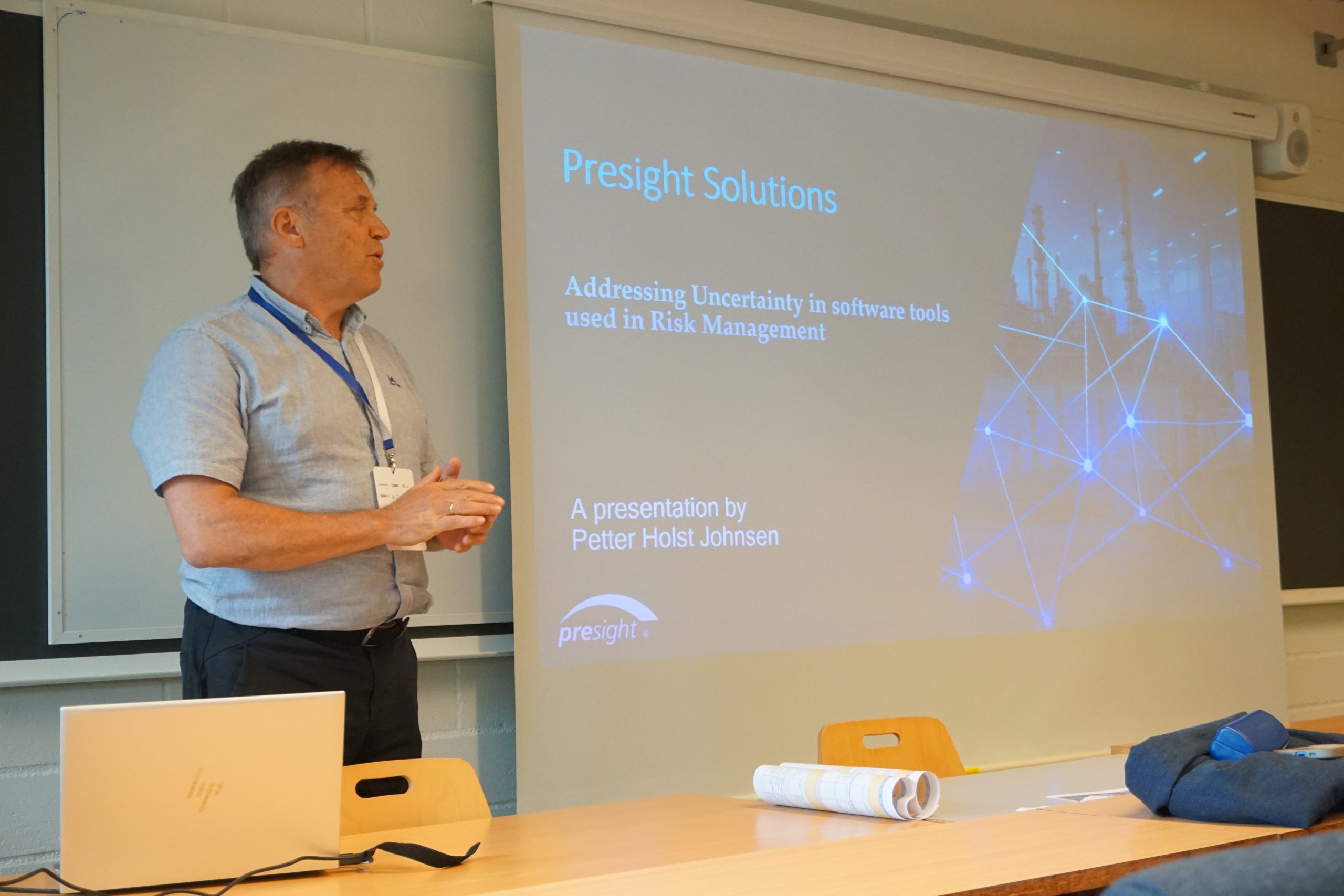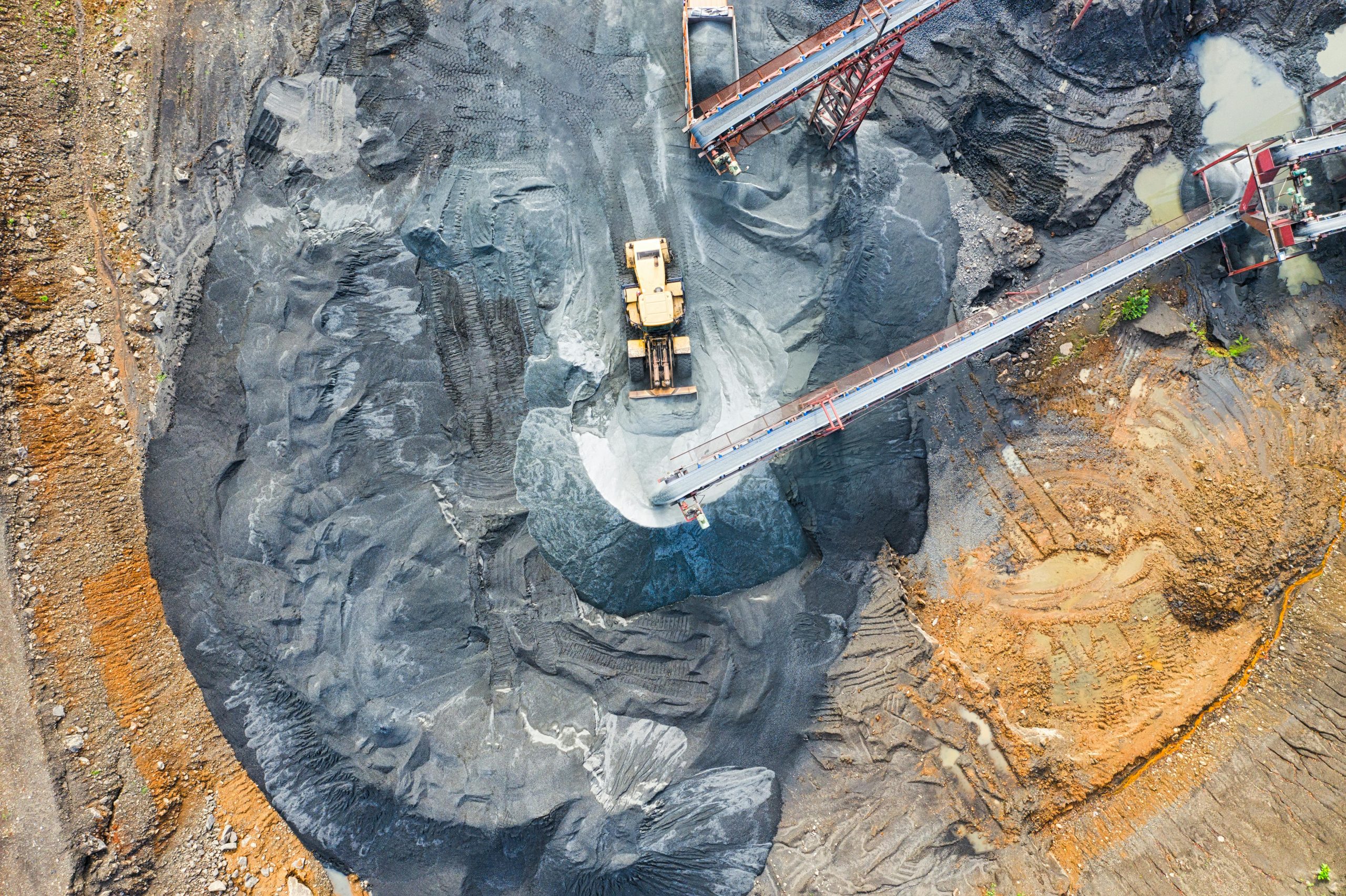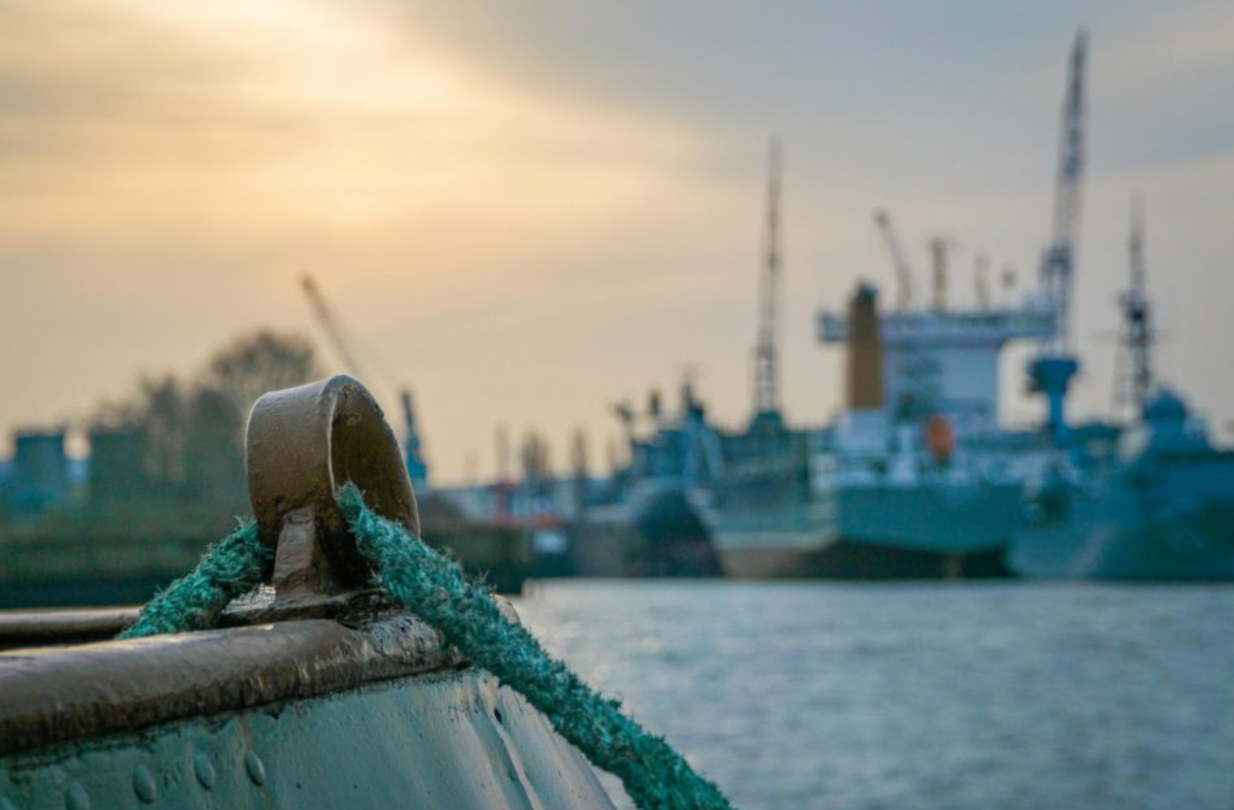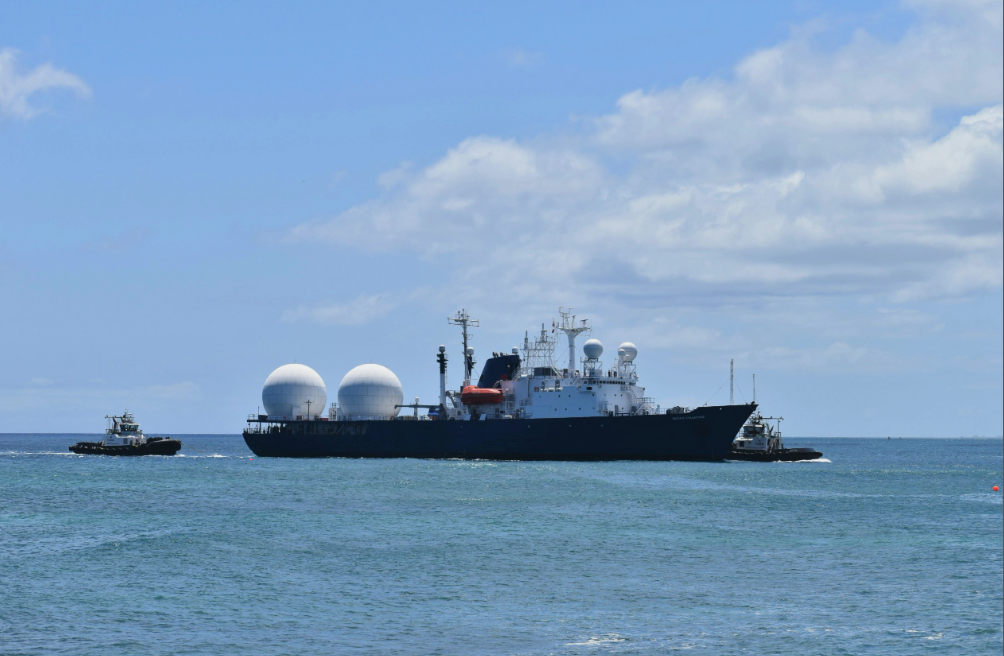News
Recent announcements, press releases and media coverage
Loss of well control in the oil and gas industry
Loss of Well Control (LoWC) is one of the most severe incidents in the oil and gas industry. It refers to situations where the pressure in a well can no longer be managed safely, potentially resulting in blowouts, fires, environmental damage, and loss of life. Causes...
What You Don’t Know Will Hurt You!
Why uncertainty deserves a spotlight Uncertainty is inherent in safety-critical industries; no data set is ever complete, and Presight openly accepts and highlights this reality. By clearly showing gaps, limitations and variability in the data, the platform lets...
AI and Risk in High-Risk Industries: A Cross-Sector Conversation at ESREL SRA-E 2025
What is the relationship between Artificial Intelligence and risk in high-risk industries like oil and gas? This June at the ESREL and SRA-E 2025 conference hosted by the University of Stavanger, Presight Solutions is proud to lead a panel discussion that unites...
Cave-ins and Rock falls in mining industry
The 2010 Chilean Mining Accident In 2010, 33 workers spent 69 days trapped inside the San Jose gold and copper mine after it collapsed on August 5th. The “Chilean mining accident” (2010 Copiapó mining accident) involved a rock fall that triggered a cave-in....
Enhancing Safety in Mining: The Role of Technology and Preventive Measures
Mining, while essential to the global economy, remains one of the most hazardous industries. Mechanical failures—along with factors like explosions and fires—are a leading cause of mining accidents. This highlights the need for strong safety measures and advanced...
The role of bowtie analysis in ship inspections for risk management
Bowtie analysis in ship inspections Ship inspections are crucial in the maritime industry for risk management and reducing accidents. The objective is to ensure operational and asset integrity to prevent maritime accidents. The catastrophic events of the Erika and the...
Bowtie Analysis in ship inspections for risk management on structural failures accidents
Ship inspections are crucial for the maritime industry to reduce accidents such as structural failures. A bowtie analysis can visualise omissions in inspection that lead to undesired events. Structural failures account for 15% of inspection-related accidents in...
The benefits of Safety Software System in the vetting process
Safety Software System used for vetting processes. Five ways to use Safety Management System for vetting processes 1. Enhanced risk management Safety management system and Risk management software such as, Presight Barrier Management provides real-time risk...
The vetting process in the maritime Industry
The Importance of the Maritime Industry The maritime industry encompasses all activities and services related to the transportation of goods and people via oceans, seas, and other navigable waters. It is a critical component of the global economy, facilitating...
Presight at IADC 2025 in Bangkok on human factors
On Safety & Human FactorsCEO Petter Holst Johnson presents a Poster Talk on Barrier Management in High-Risk Industries This year’s IADC ASIA Pacific Health, Safety, Environment & Training Conference and Exhibition took place in Bangkok on the 14-15 May, and...
Slip and Trip Accidents in Construction industry
How to prevent Slip and Trip accidents with Bowtie Analysis Slip and trip accidents remain one of the most common causes of injuries in the construction industry. Despite their seemingly low severity compared to falls from height or equipment-related incidents, slips...
Bowtie Analysis in ship inspection for risk management in fire and explosions
This article highlights how Bowtie Analysis in Maritime Safety can improve inspection protocols to prevent fire and explosions incidents. Ship inspections are crucial for the maritime industry to reduce accidents. A bowtie analysis can visualise omissions in...











